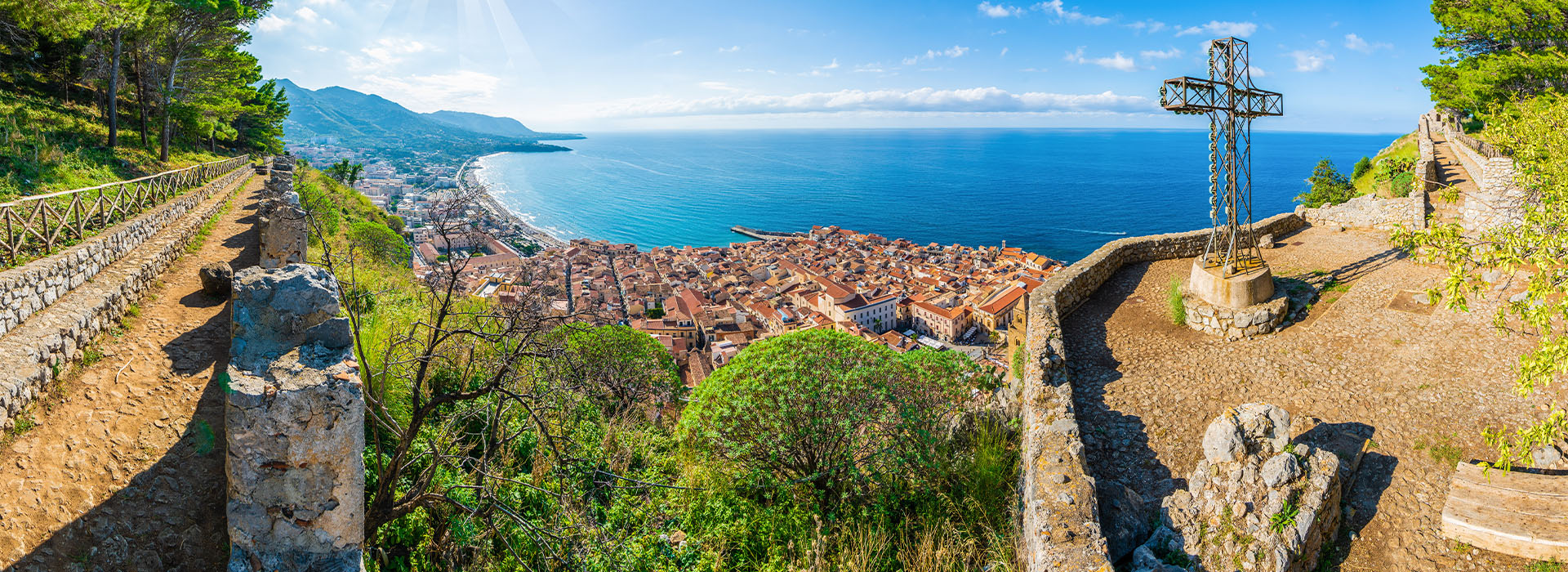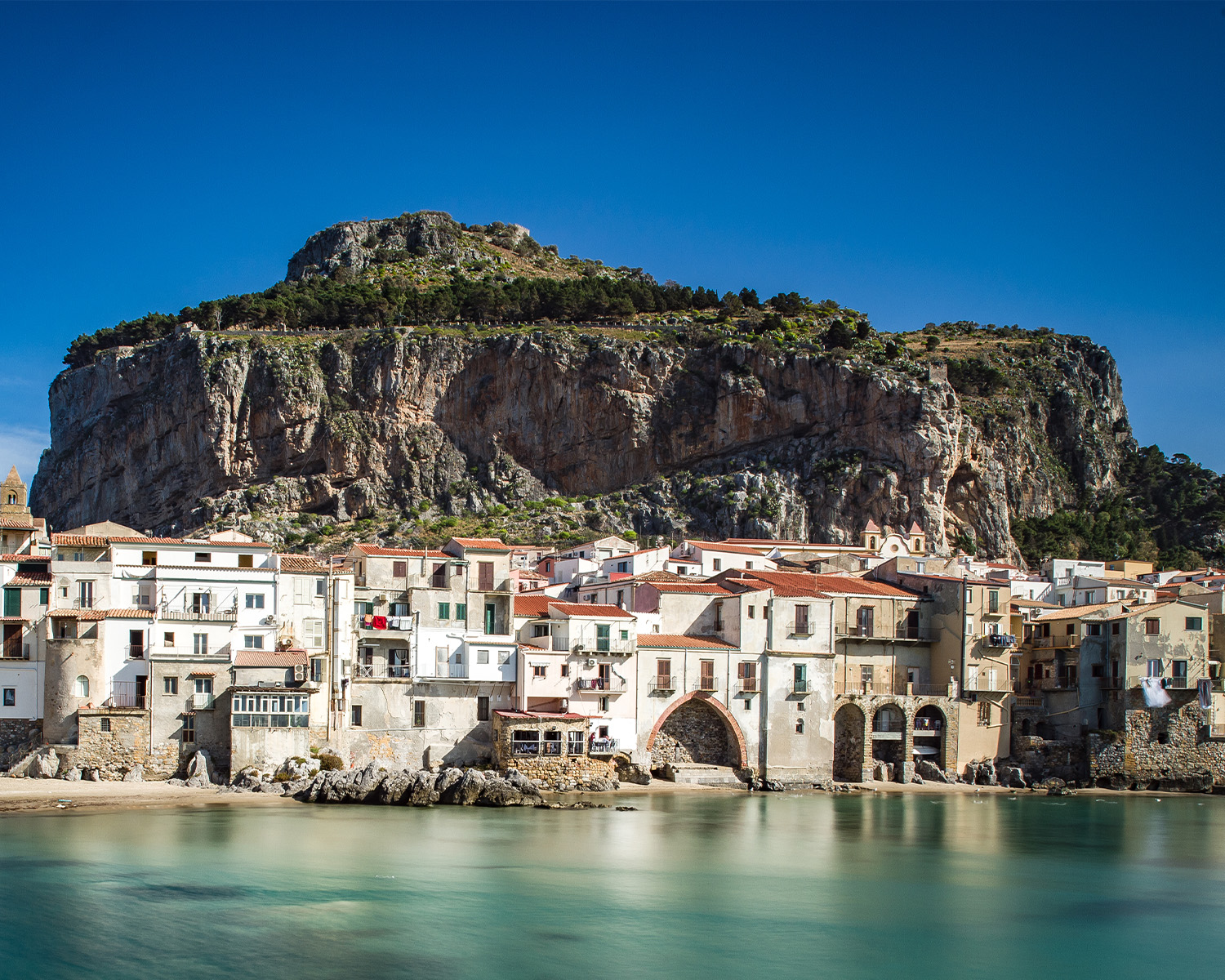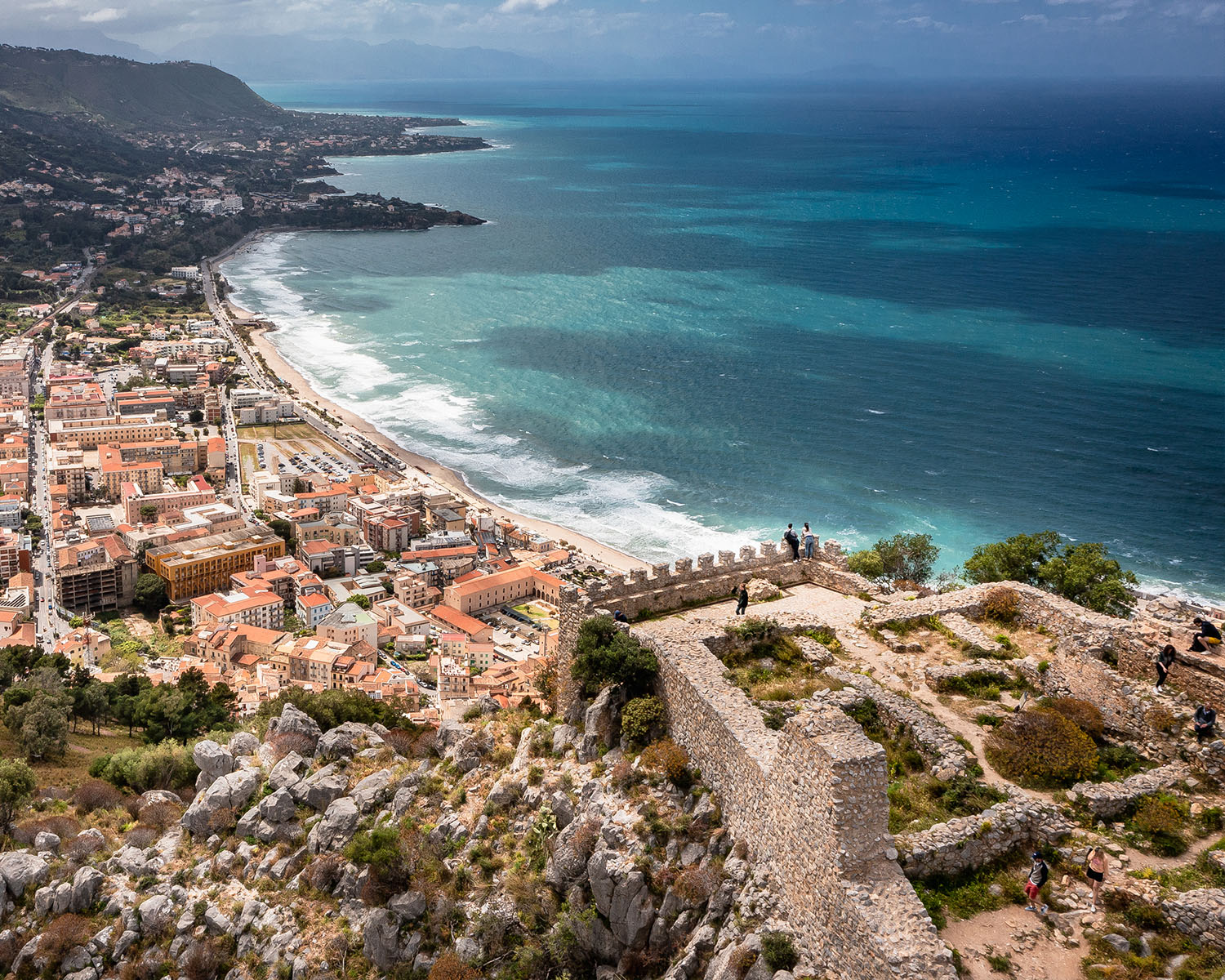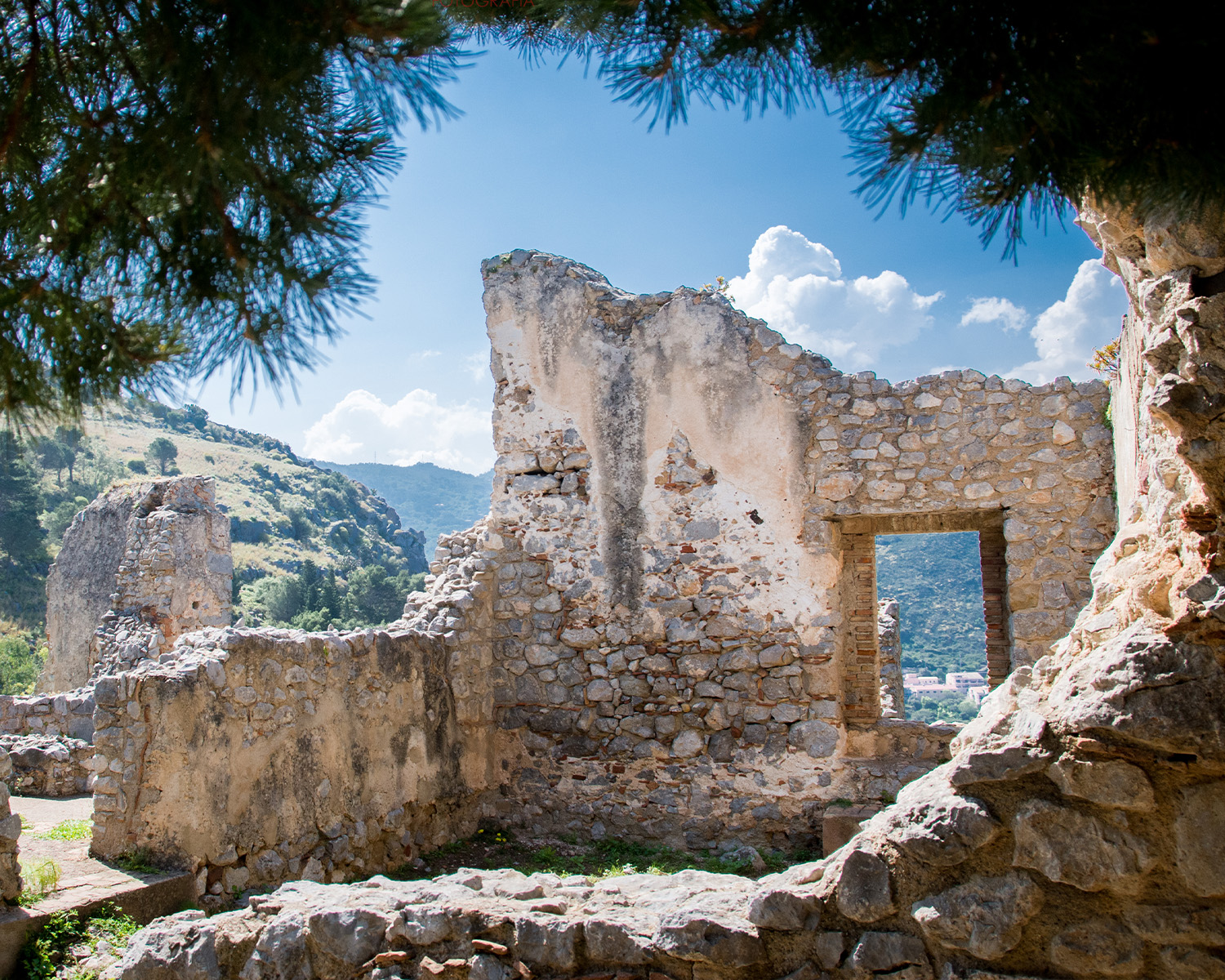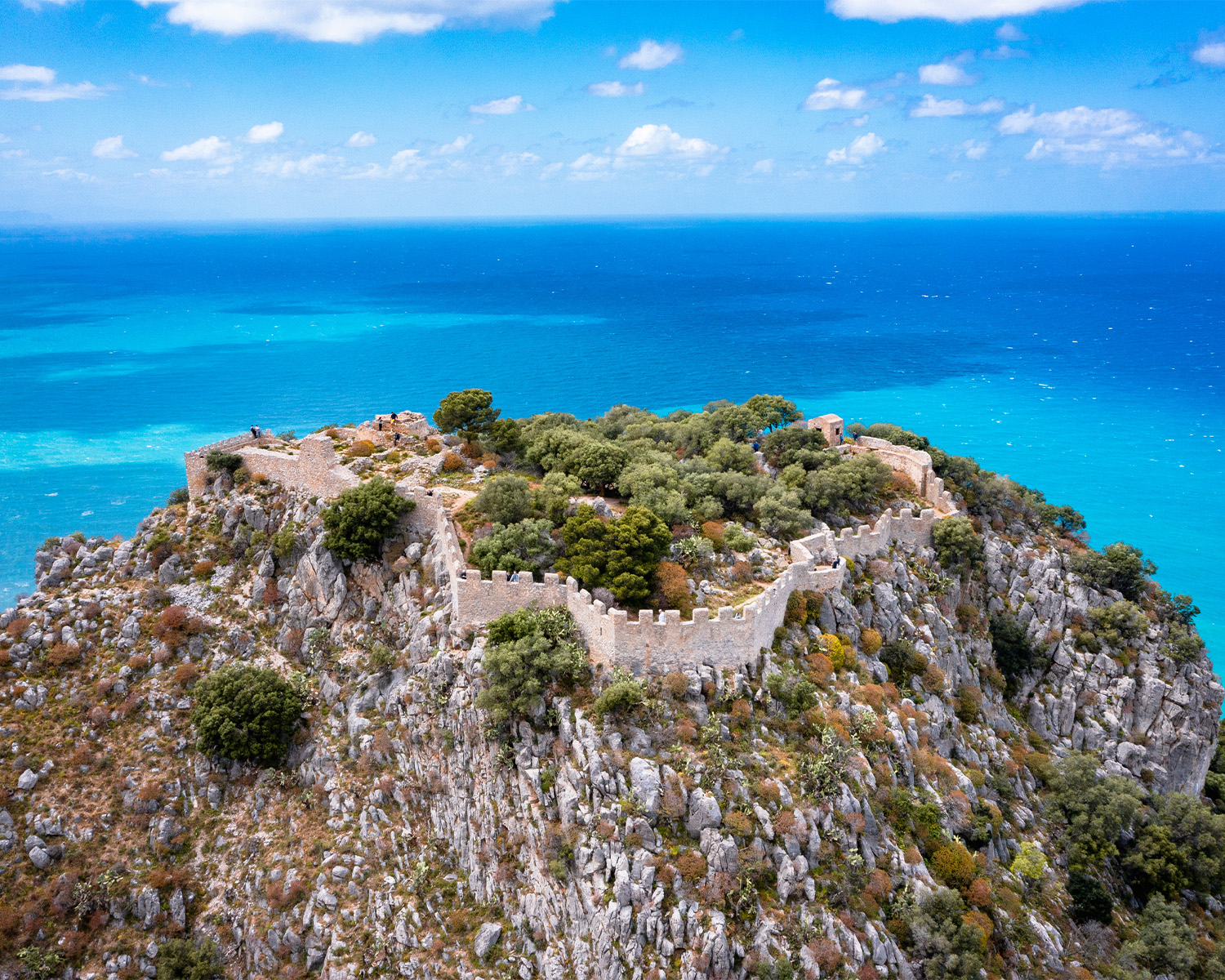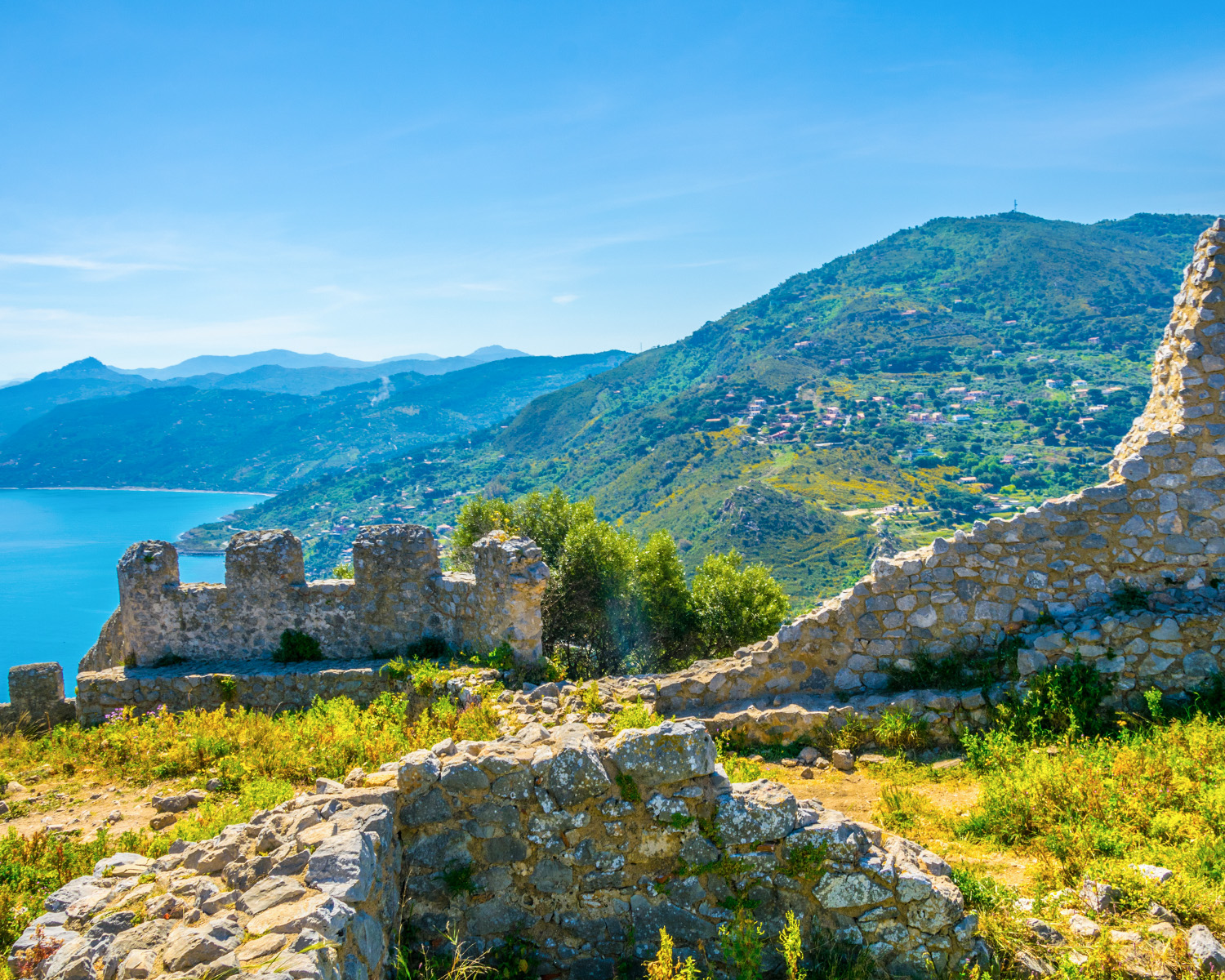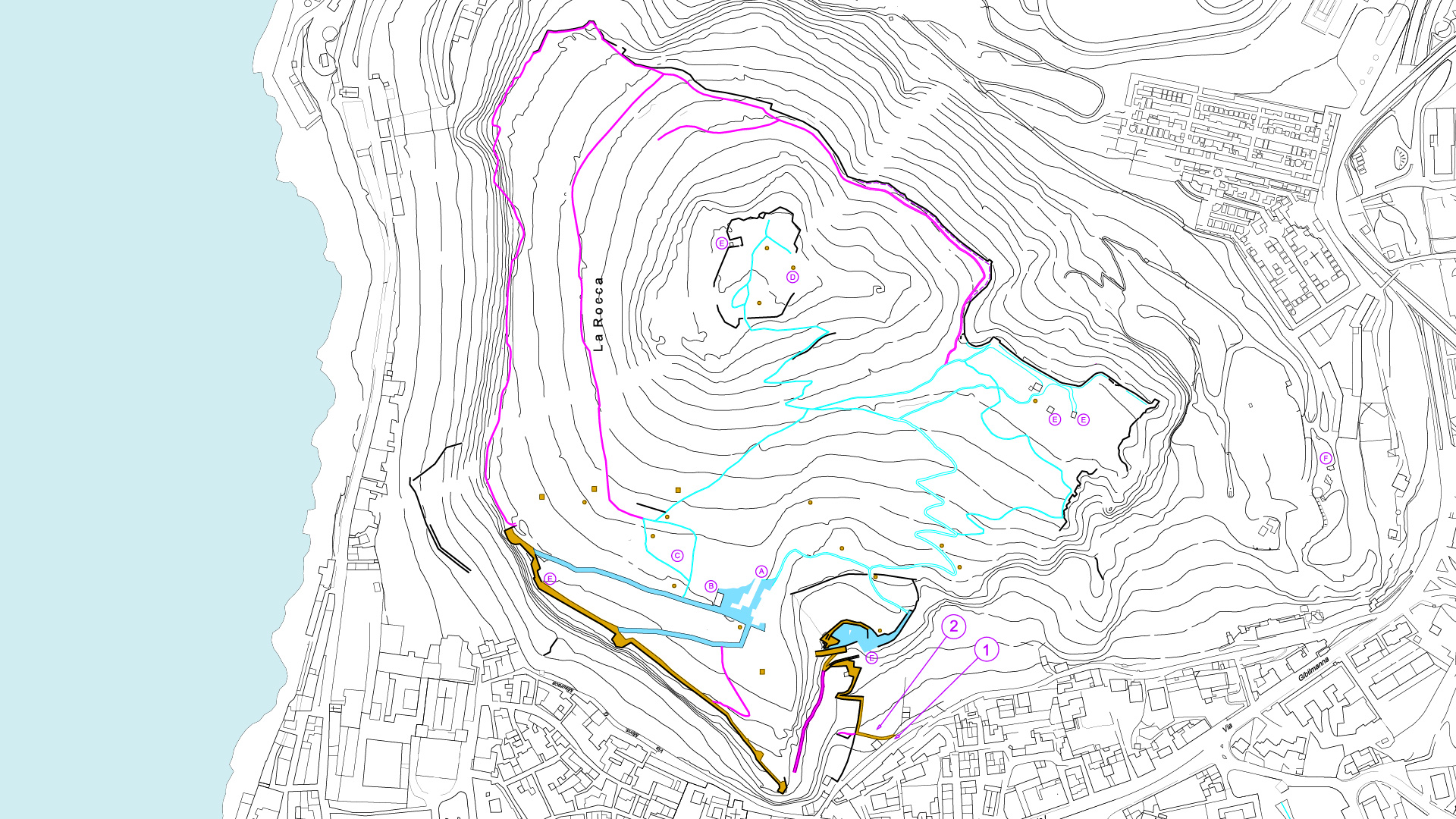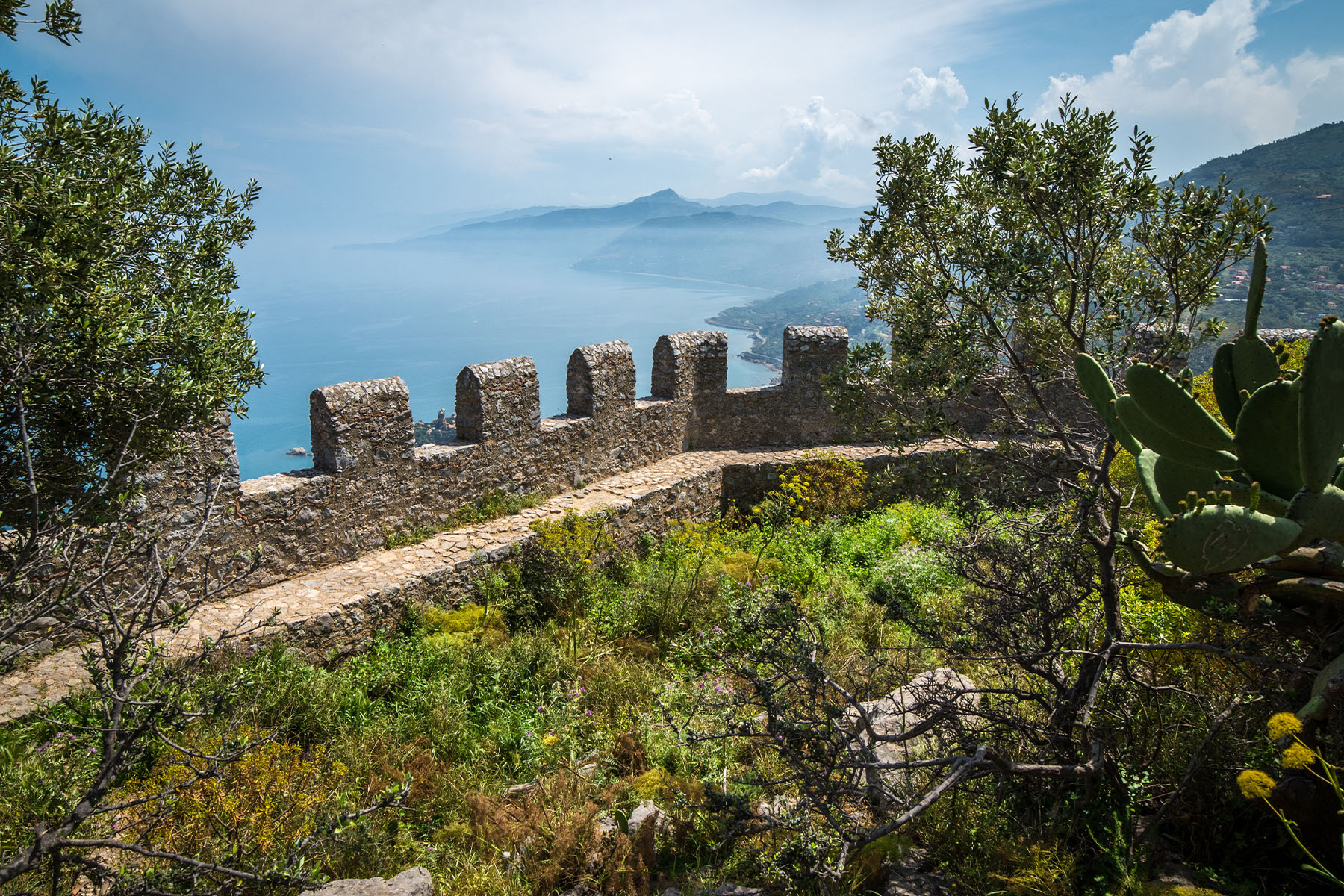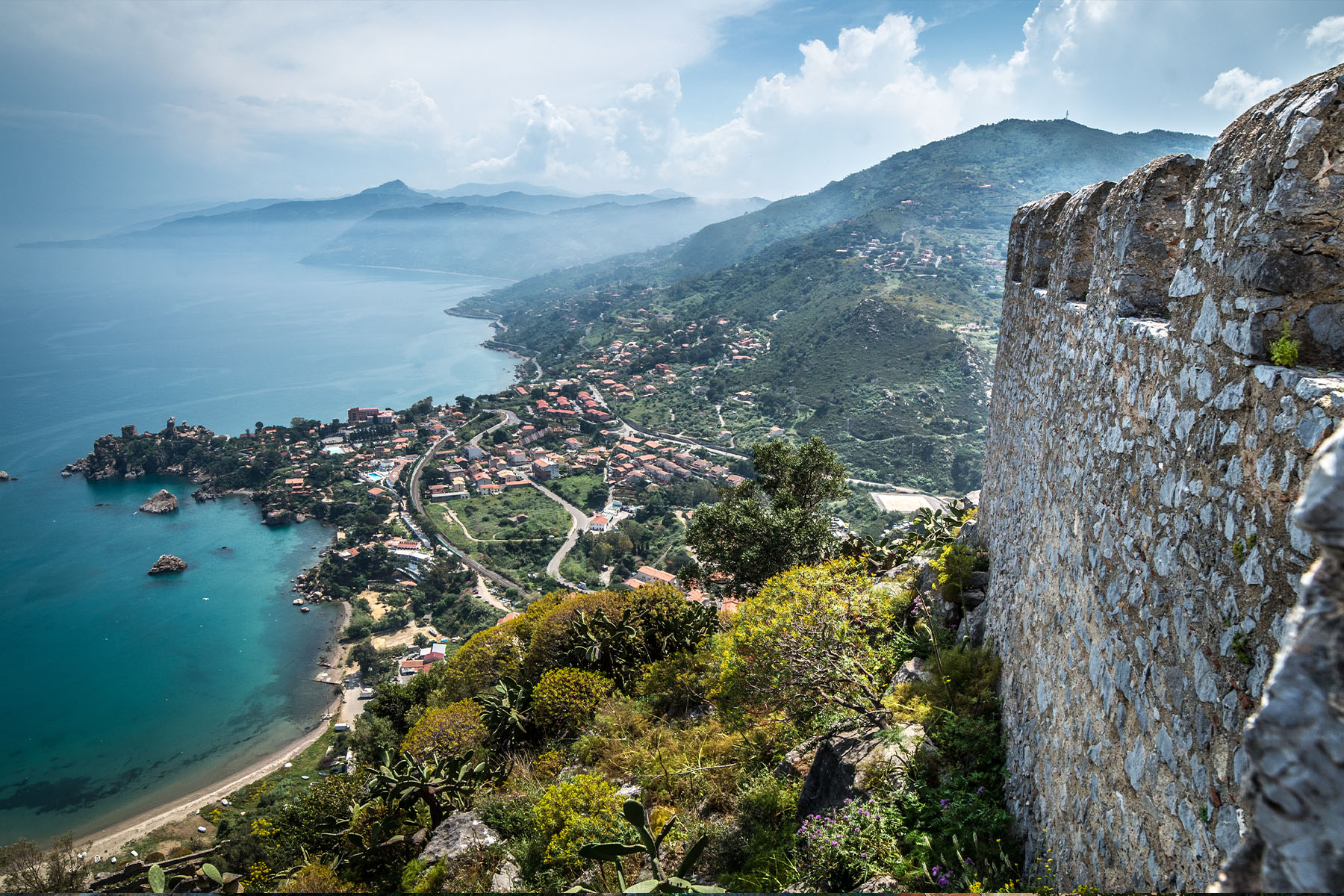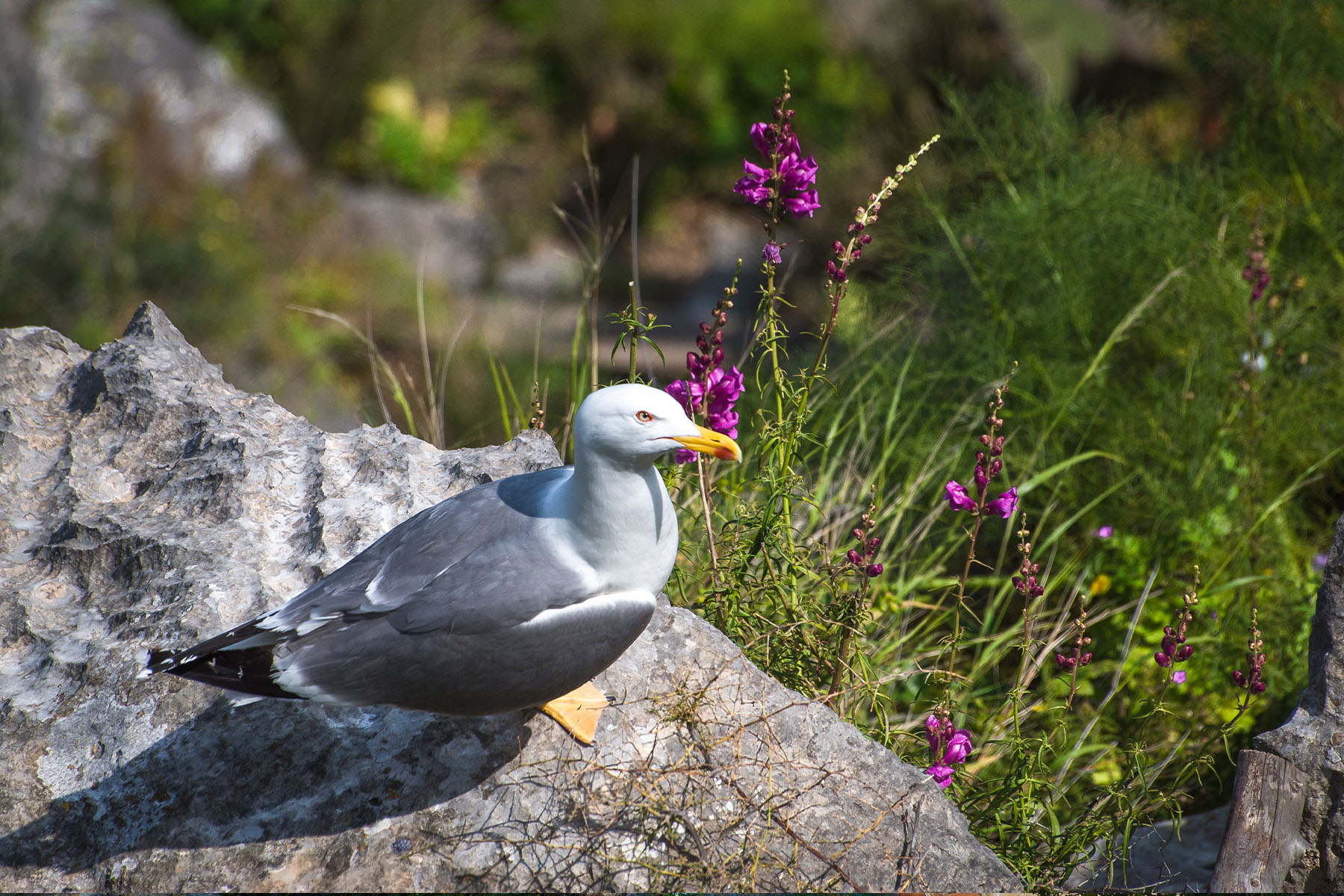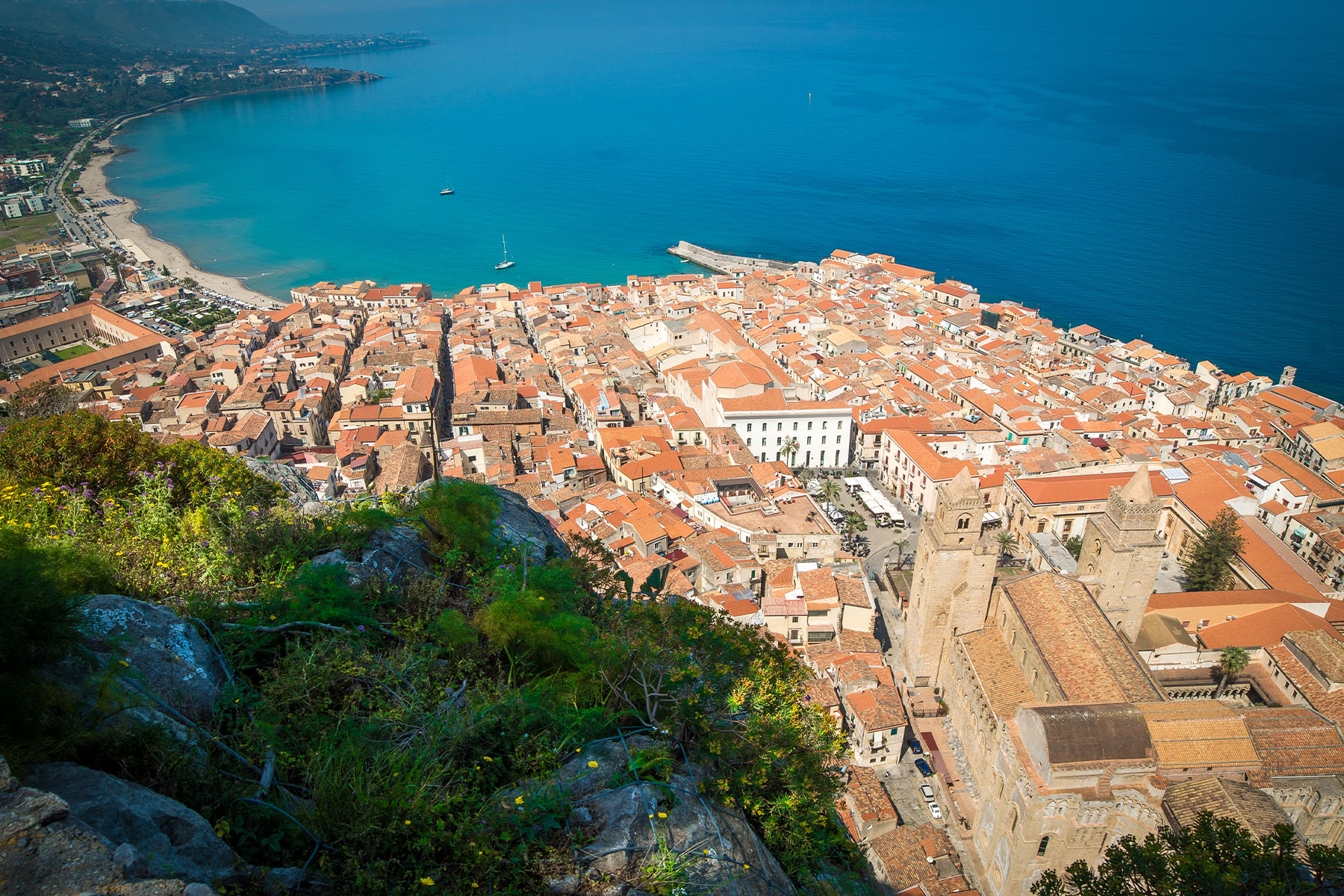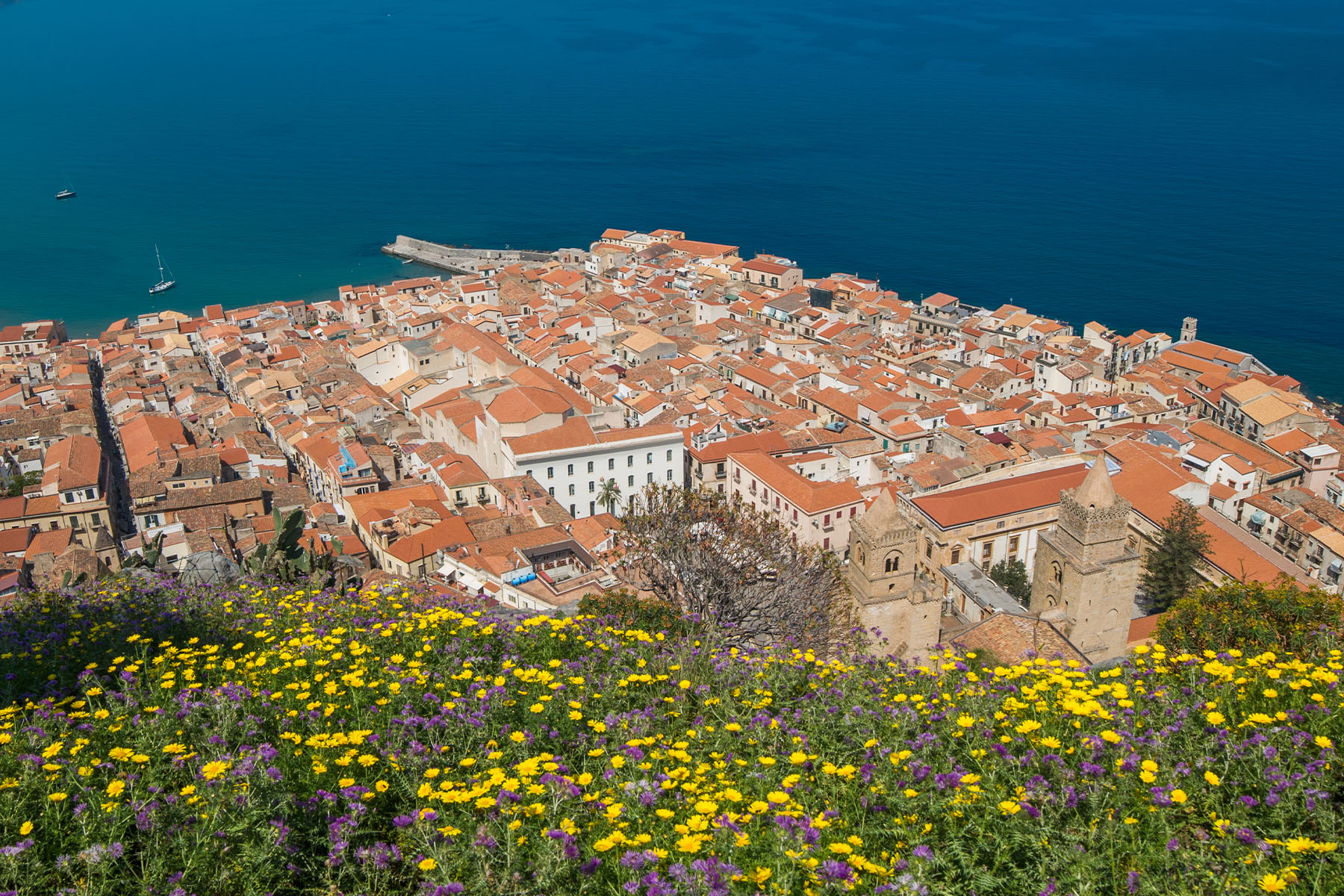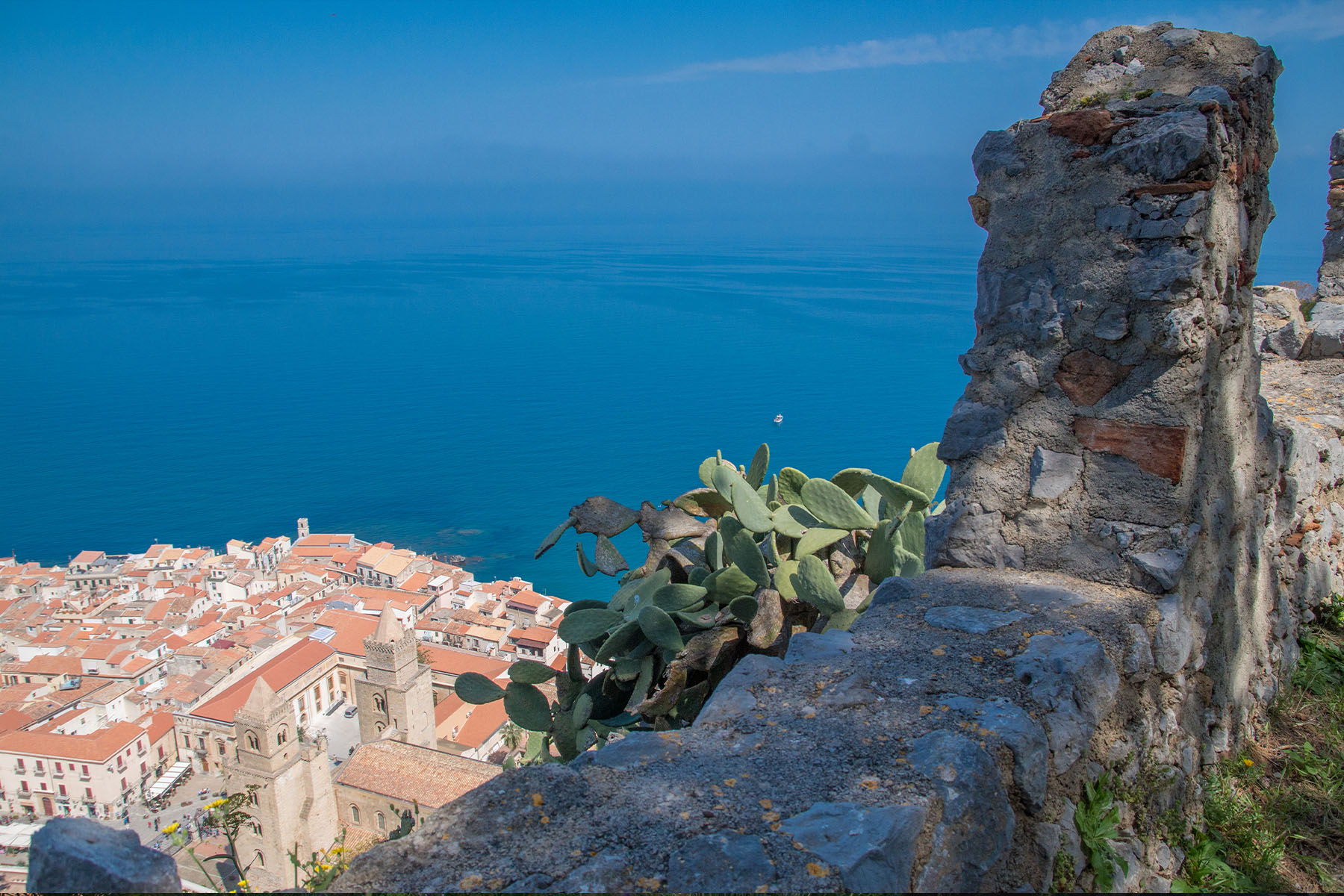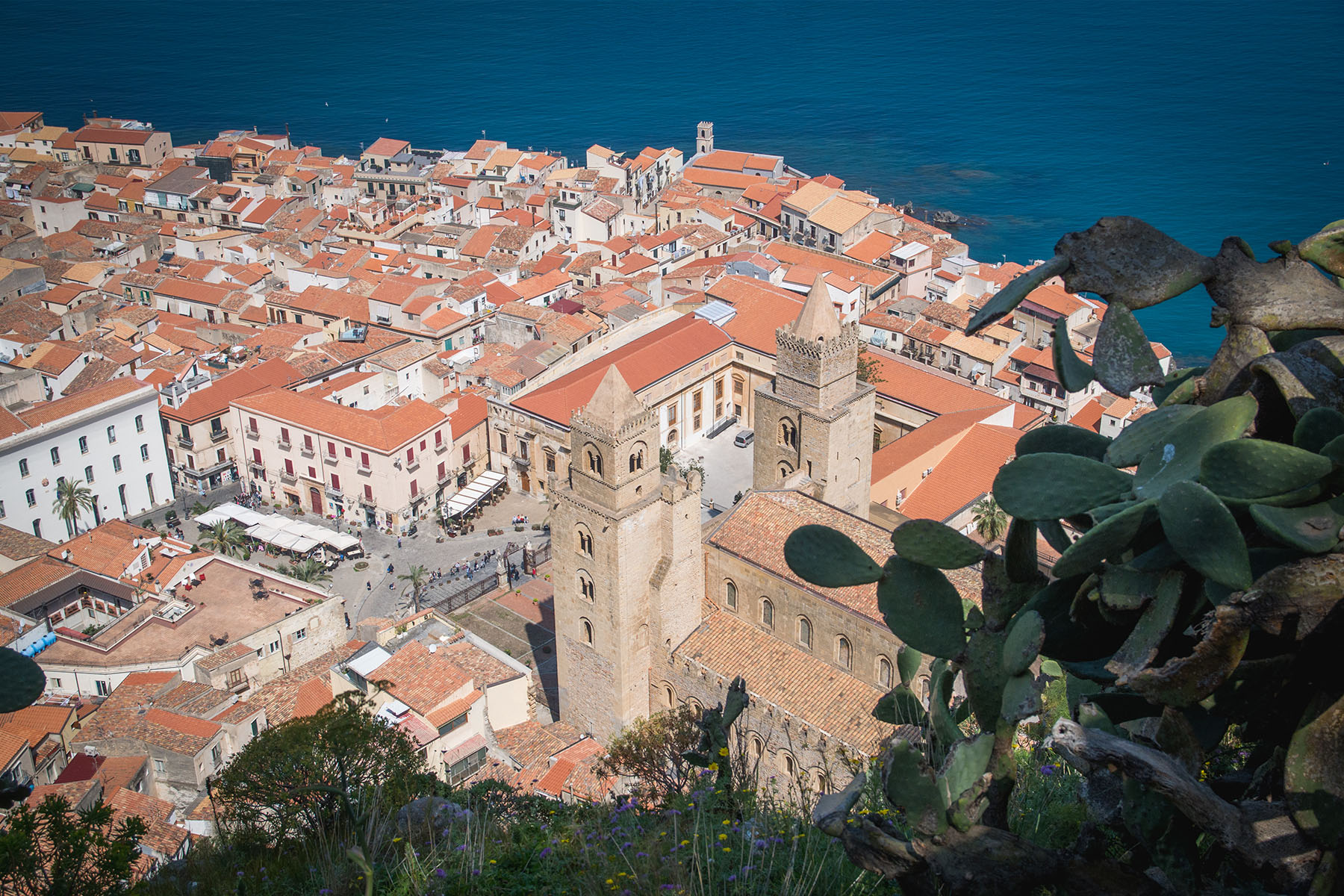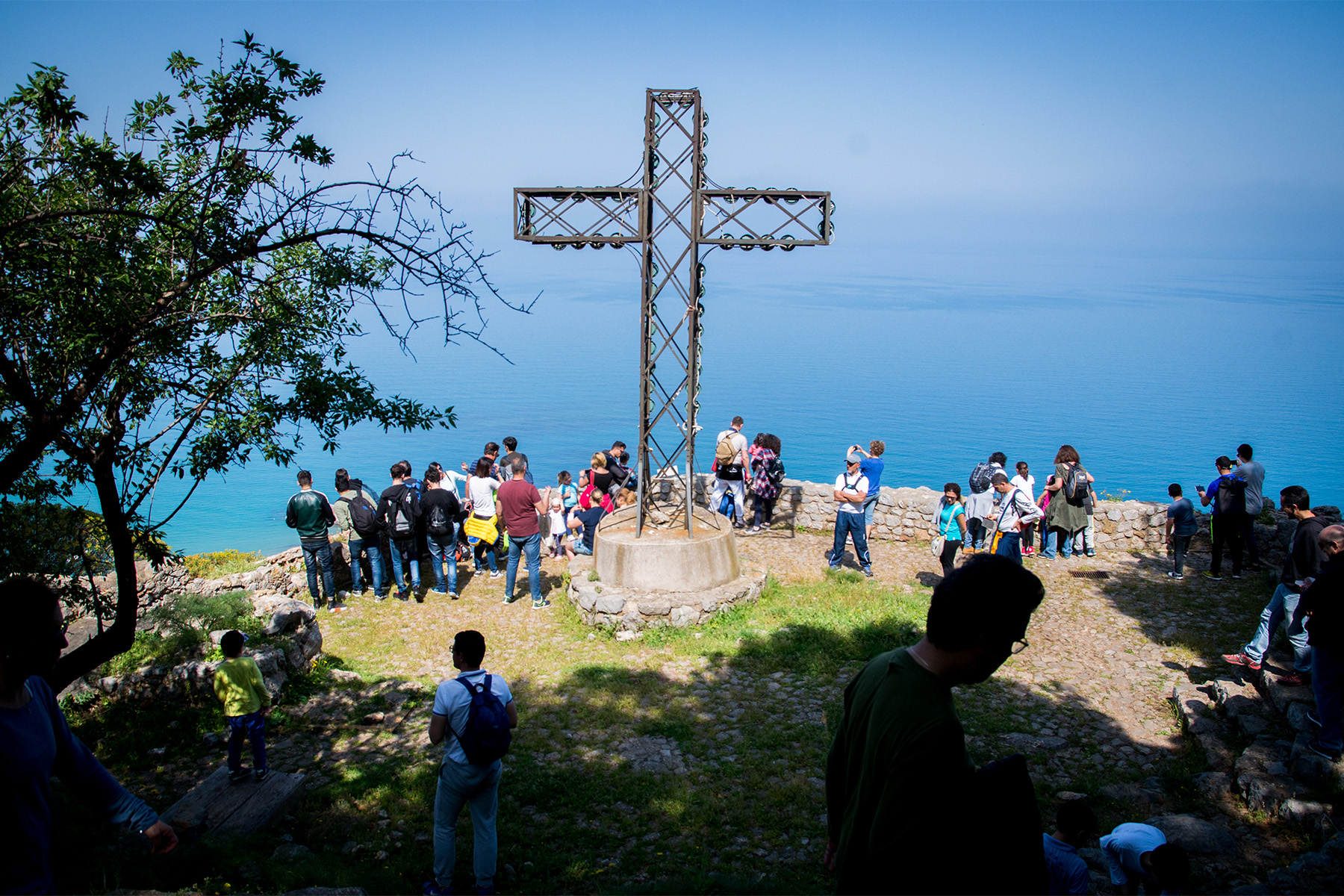The Fortress of Cefalù represented, over the centuries, a strategic and symbolic point along the northern coast of Sicily, influencing the birth and evolution of the city which, over the centuries, has changed its name according to the domination: Kephaloidion for the Greeks, Kefa or Ras Melkart for the Punics, Cephaledium for the Romans and Glafudi for the Arabs.
Two caves on the eastern side, now inaccessible, hold the oldest evidence of human settlements in the area, with finds dating back to prehistoric, Hellenistic and Roman times. Such caves probably had both habitation and ritual functions.
After the fall of the Western Roman Empire, the town moved temporarily from the coast to the promontory for defensive reasons, during the Byzantine period. Only with Ruggero II the settlement returned to the valley, marking the re-foundation of the city and the construction of the Cathedral. During this period began the construction of the wall, which is more than 2 km long.
The fortification of the pass has three main phases: a high-medieval (altitude 130-135 m), a Norman (age of Ruggero II, altitude 110-100 m) and a Renaissance (sixteenth century, with interventions dated 1553-1554). The “Cisterna Grande”, located at an altitude of 130-135 m, is one of the most important elements of the water system.
At an altitude of 150 m there are remains of buildings from various eras, including warehouses, ovens and the church of Sant’Anna. Of particular interest is the so-called Temple of Diana, megalithic building whose function is still uncertain. Its construction phases range from a cistern of the IX century. BC. (perhaps linked to the cult of water) to subsequent transformations in Greek, Roman and finally Byzantine times, when it was converted into a church.
In the north-western part of the walls were found skeletons and remains of war machines. At the top of the fortress are the remains of the castle, dating back to the 12th-13th centuries and further fortified. A document of 1238 testifies that Federico II confiscated it from the bishop by the will of Ruggero II, making it one of the main military strongholds of the island.
At an altitude of 200 m there are observation and defense structures, such as barracks and stations that allowed the optical transmission of signals between stretches of coast otherwise not visible.
The scientific interest of the Rocca Park is complemented by the presence of endemic botanical and malacological species, paleontological findings and interesting karstic phenomena of great geological and speleological value.


